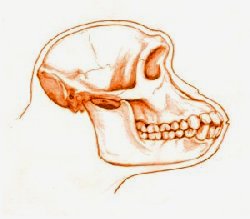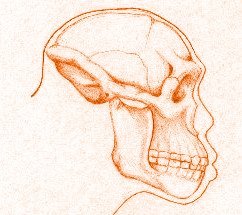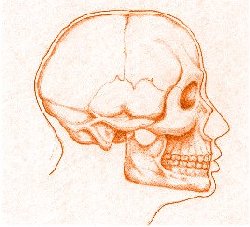Do We Have Them?
Bipedalism: Its Resulting Changes in Morphology
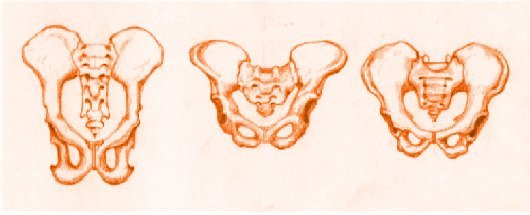 From left to right: Chimpanzee; Australopithecus afarensis; Homo sapiens sapiens
| |
|
Over time, due to continued bipedalism, we see a change in the overall shape of the pelvis.
The lateral dimensions open, and the vertical align. This is a feature binding all hominids
together. This tilting of the pelvis is seen also in many aquatic mammals (Morgan 1997). Partly due to the angle at which
the head
is held when the animal is vertical in the water or horizontal and swimming.
This change in the pelvis in turn effects the shape of the femur, as continued adaptation to bipedalism over time occurs:
| |
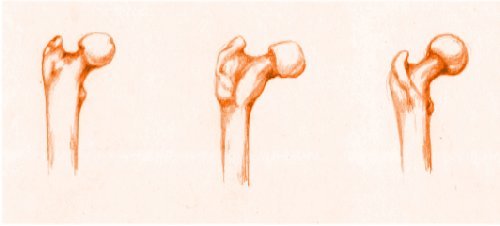 From left to right: Chimpanzee; Australopithecus afarensis; Homo sapiens sapiens |
Note the subtle differences in the shape and positioning of the top of the femur. |

